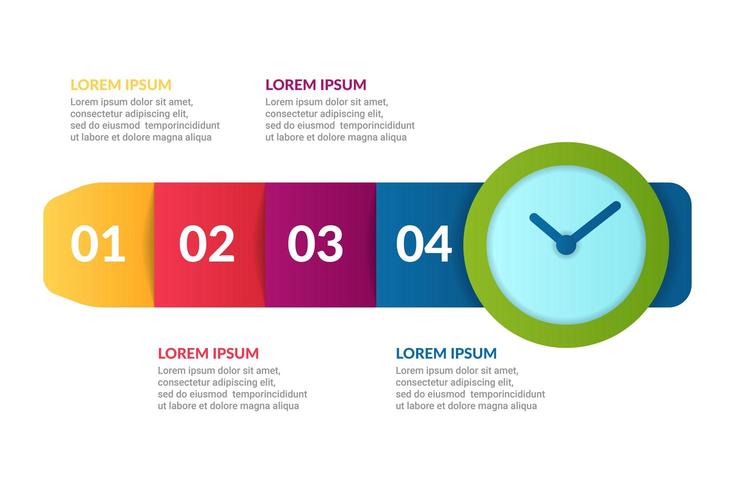

To set a second time zone, tap the watch face, then turn the Digital Crown to choose a time zone. Calendar (Today’s Date, Your Schedule).This watch face has two dials: a 12-hour inner dial that displays local time, and a 24-hour outer dial that lets you track a second time zone. Sell, give away, or protect a lost Apple Watch.
#WATCH INFOGRAPHIC ICONS UPDATE#

Remotely access your smart home accessories.Receive retrospective ovulation estimates.Change what’s on the screen during a Fitness+ workout or meditation.Browse Fitness+ workouts and meditations.Listen and respond to incoming notifications.Use your Apple Watch with a cellular network.Use Apple Watch without its paired iPhone.
#WATCH INFOGRAPHIC ICONS BLUETOOTH#

You can have prediabetes for years but have no clear symptoms, so it often goes undetected until serious health problems such as type 2 diabetes show up. Eventually your pancreas can’t keep up, and your blood sugar rises, setting the stage for prediabetes-and type 2 diabetes down the road. Your pancreas makes more insulin to try to get cells to respond. If you have prediabetes, the cells in your body don’t respond normally to insulin. Insulin is a hormone made by your pancreas that acts like a key to let blood sugar into cells for use as energy. The good news is that if you have prediabetes, the CDC-led National Diabetes Prevention Program can help you make lifestyle changes to prevent or delay type 2 diabetes and other serious health problems. Of those with prediabetes, more than 80% don’t know they have it. Prediabetes puts you at increased risk of developing type 2 diabetes, heart disease, and stroke. Approximately 96 million American adults-more than 1 in 3-have prediabetes. Prediabetes is a serious health condition where blood sugar levels are higher than normal, but not high enough yet to be diagnosed as type 2 diabetes.


 0 kommentar(er)
0 kommentar(er)
